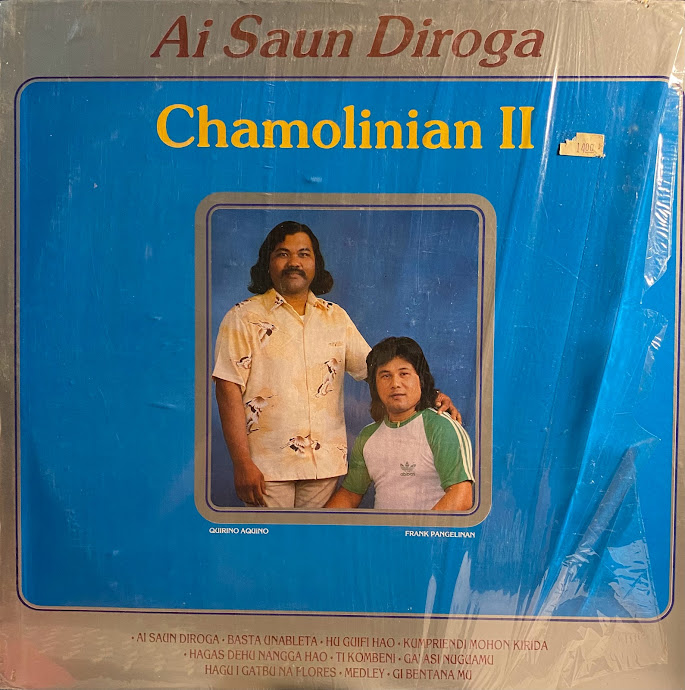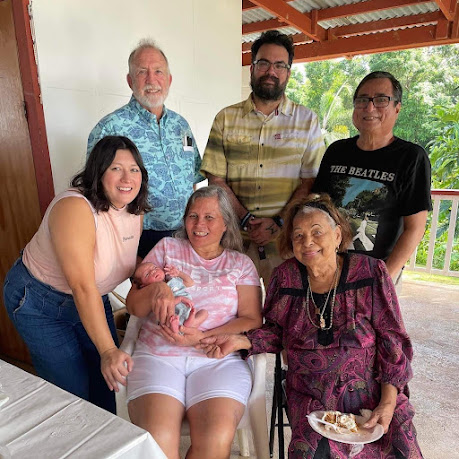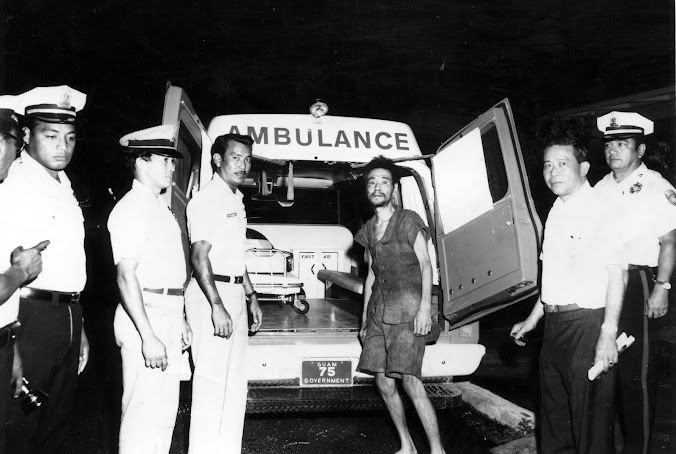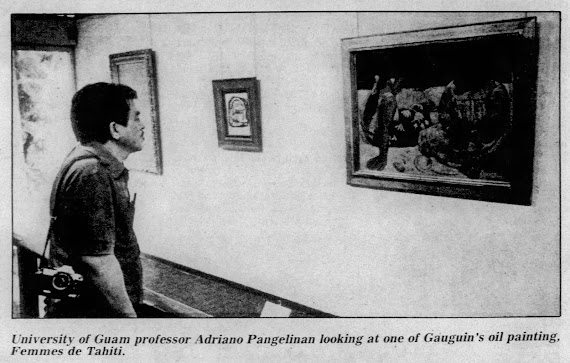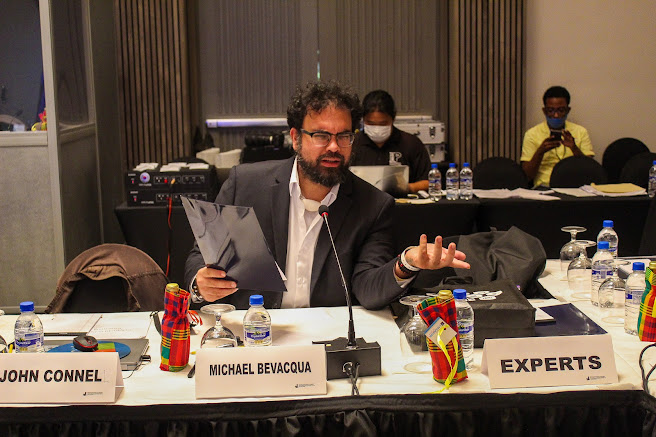The Bevacqua Bilen
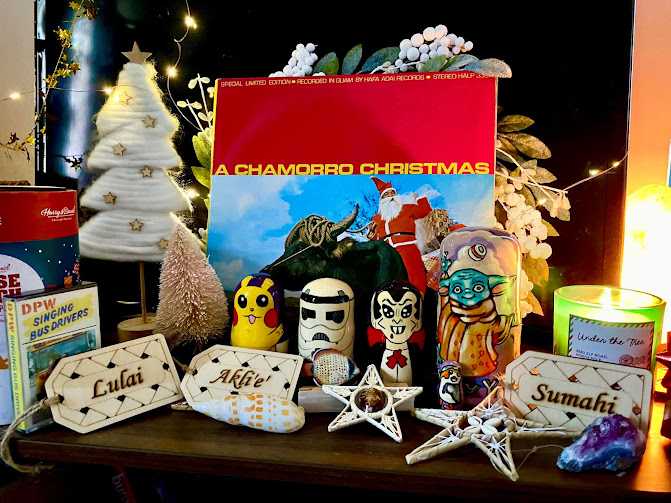
As is the tradition for the Guam Bevacqua family, we put together our family bilen this month. Each member of the family gets their own figure in the bilen representing them. This year’s bilen is different however, since part of my gifts for everyone was to get Desiree, Sumåhi, Akli’e’ and Chuguangguang (Lulai) each a nesting doll. Each was made in Ukraine and was purchased to support Ukrainian small businesses and artists. Sumåhi is the Pokémon, Akli’e’ is the Star Wars, Desiree is the Dracula and Chuguangguang is the Neni na Yoda. I forgot to buy one for myself though, so I chose the cassette tape for the Chamoru album by the DPW Singing Bus Drivers to represent me. The background for our family bilen is the two disc vinyl album from Johnny Sablan “A Chamorro Christmas.” Si Yu’os Ma’åse to Lulai’s nina Isa for the wooden name tags that came with our gifts this year. The bilen...
